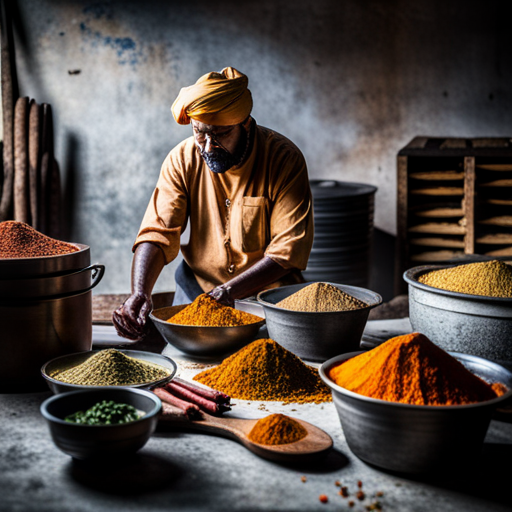The process of exporting spices from farm to table
Spices are among the most widely traded agricultural commodities in the world, and they have a long history of enhancing the flavor, aroma, and color of food. But how do spices get from the farm to the table? What are the steps involved in exporting spices to different markets? In this blog post, we will explore the process of spice export:
The process of exporting spices can be divided into four main stages: production, processing, quality assurance, and logistics.
Production
The production of spices involves cultivation, harvesting, drying, and grading of the raw materials. Most of the spice production is done by small and marginal farmers who use traditional methods of farming. The harvesting time and method vary depending on the type of spice. The harvested spices are then dried in the sun or using artificial dryers to reduce the moisture content and preserve the quality. The dried spices are then graded according to their size, color, shape, aroma, and flavor.
Processing
The processing of spices involves cleaning, sorting, grinding, blending, packaging, and labeling of the final products. The processing can be done by the farmers themselves or by specialized units called spice processing centers (SPCs). The SPCs are equipped with modern machinery and technology to ensure hygienic and efficient processing of spices. The processing can also add value to the spices by creating different products for different markets. For example, chili can be processed into powder, flakes, oil, oleoresin, or extract.
Quality assurance
The quality assurance of spices involves testing, certification, and accreditation of the products and processes. The quality of spices is determined by various parameters such as purity, moisture content, volatile oil content, pungency, color value, microbial load, pesticide residue level and aflatoxin level. The quality testing can be done by the exporters themselves or by accredited laboratories. ACGFoods can provide high quality products based on your requirements and with offering best prices.
Logistics
The logistics of spice export involves transportation, customs clearance, documentation, and delivery of the products to
the destination market. The transportation of spices can be done by road, rail, air, or sea, depending on the distance, cost, and time involved. The customs clearance of spices requires compliance with the rules and regulations of both the exporting and importing countries. The documentation of spice export requires submission of various documents such as invoice, packing list, certificate of origin, phytosanitary certificate, quality certificate, bill of lading, etc. The delivery of spice products to the destination market depends on the terms and conditions of the contract between the exporter and the importer, such as Incoterms, payment method, insurance policy, etc. ACGFoods can be your consultant please contact ACG.
As we have seen, the process of exporting spices from farm to table is complex and challenging. Spice exporters need to be aware of the market requirements, quality standards, and trade regulations of different countries, and adapt their products and processes accordingly. Spice exporters also need to seek assistance from various support organizations, such as government agencies, trade associations, research institutes, etc., to enhance their competitiveness and sustainability in the global spice market.


